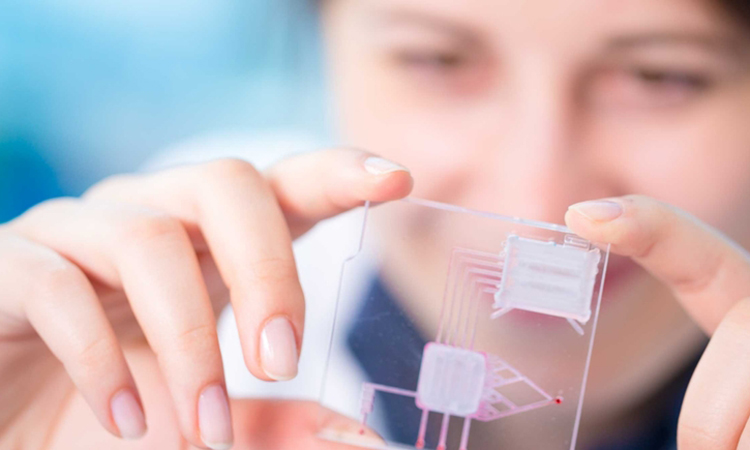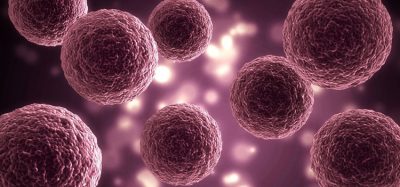Novel process revolutionises microfluidic fabrication
Posted: 27 May 2022 | Ria Kakkad (Drug Target Review) | No comments yet
Researchers have implemented structural colour printing in microfluidic fabrication which creates new pathways for medical diagnostics and miniaturised sensors.


Microfluidic devices use tiny spaces to manipulate very small quantities of liquids and gasses by taking advantage of the properties they exhibit at the microscale. They have demonstrated usefulness in applications from inkjet printing to chemical analysis and have great potential in personal medicine, where they can miniaturise many tests that now require a full lab, also known as lab-on-a-chip.
Researchers at Kyoto University’s Institute for Integrated Cell-Material Sciences (iCeMS), Japan approached microfluidic fabrication from a new direction and came up with an innovative process to make devices with some distinctive properties and advantages. The study was recently published in Nature Communications.
Until now, making devices with microfluidic channels has required assembling them from several components, introducing possible points of failure. Instead, the mew device uses light-sensitised common polymers and micro-LED light sources to create self-enclosed, porous, high-resolution channels, capable of carrying aqueous solutions and separating small biomolecules from each other, through a novel photolithography technique.
“We see great potential in this new process,” says Professor Easan Sivaniah. “We see it as a completely new platform for microfluidic technology, not just for personal diagnostics, but also for miniaturised sensors and detectors.”
Microfluidic devices are already being used in the biomedical field in point-of-care diagnostics to analyse DNA and proteins. In the future, devices may allow patients to monitor their vital health markers by simply wearing a small patch, so that healthcare providers can respond immediately to dangerous symptoms.
“It was exciting to finally use our technology for biomedical applications,” says Assistant Professor Masateru Ito, a co-author on the current paper. “We are taking the first steps, but it is encouraging that relevant biomolecules such as insulin and the SARS-COV2 shell protein were compatible with our channels. I think that diagnostic devices are a promising future for this technology.”
Related topics
Bioinformatics, Disease Research, Lab-on-a-Chip, Technology
Related organisations
Kyoto University's Institute for Integrated Cell-Material Sciences (iCeMS)
Related people
Assistant Professor Masateru Ito, Professor Easan Sivaniah







